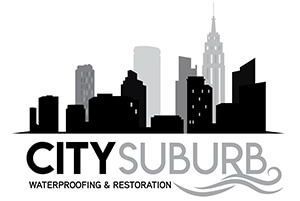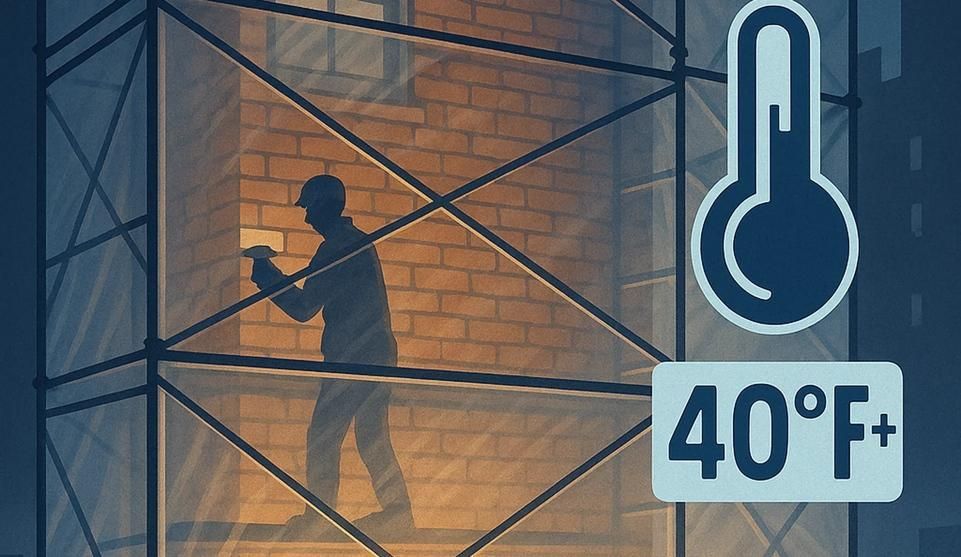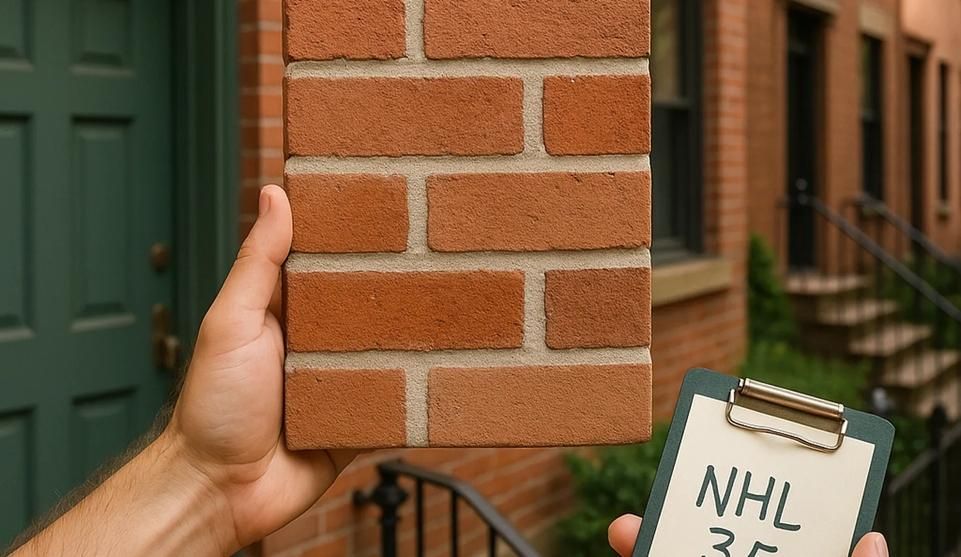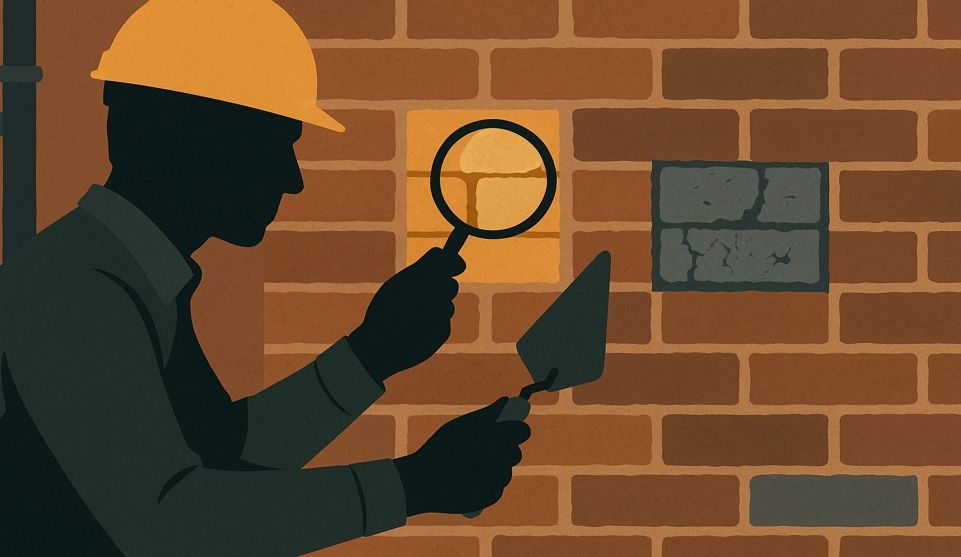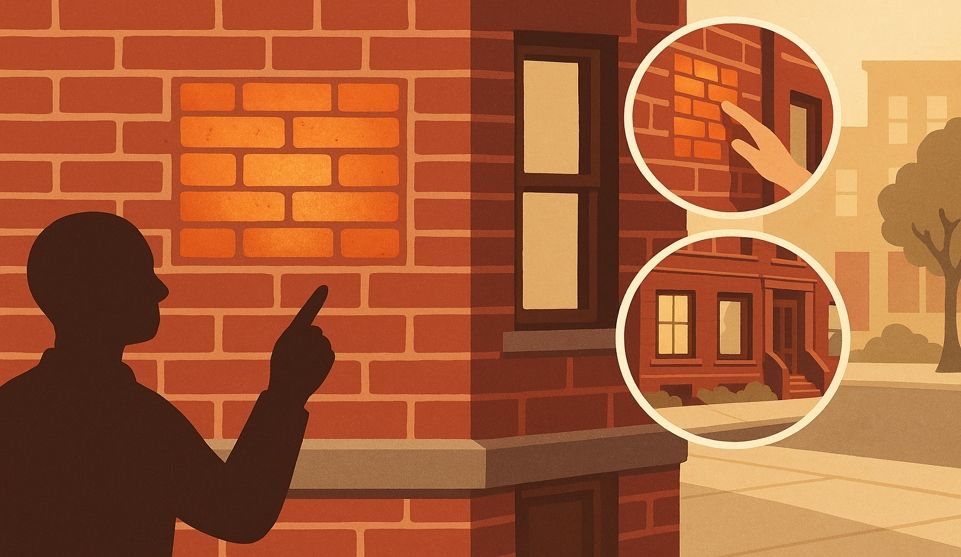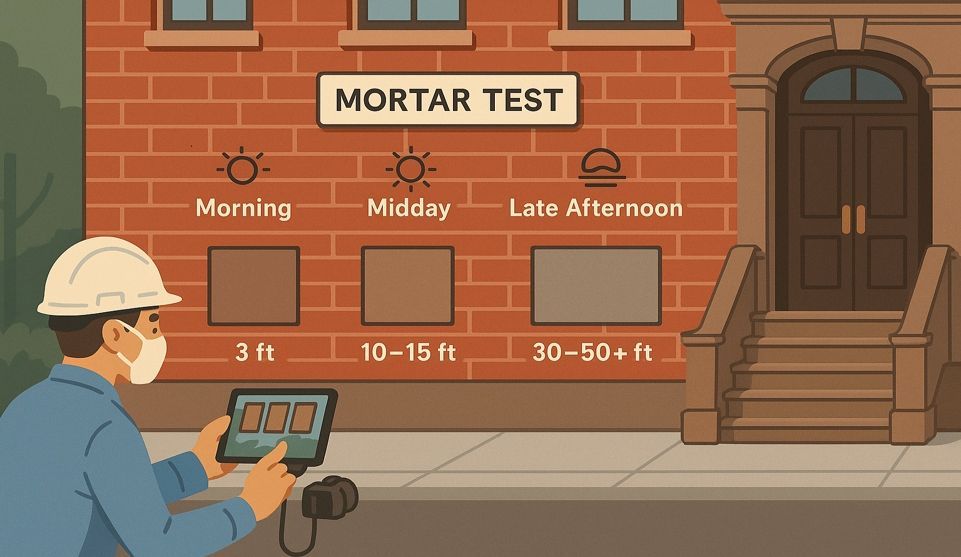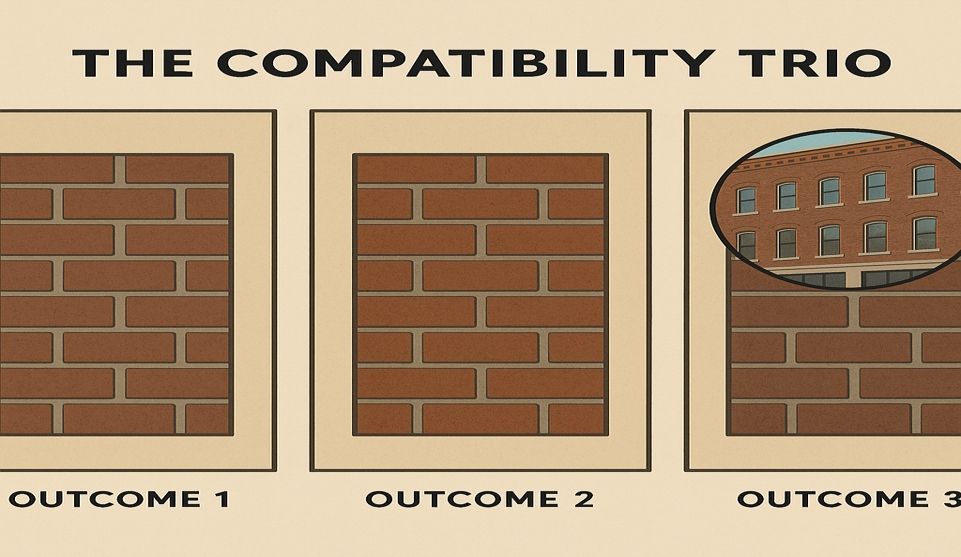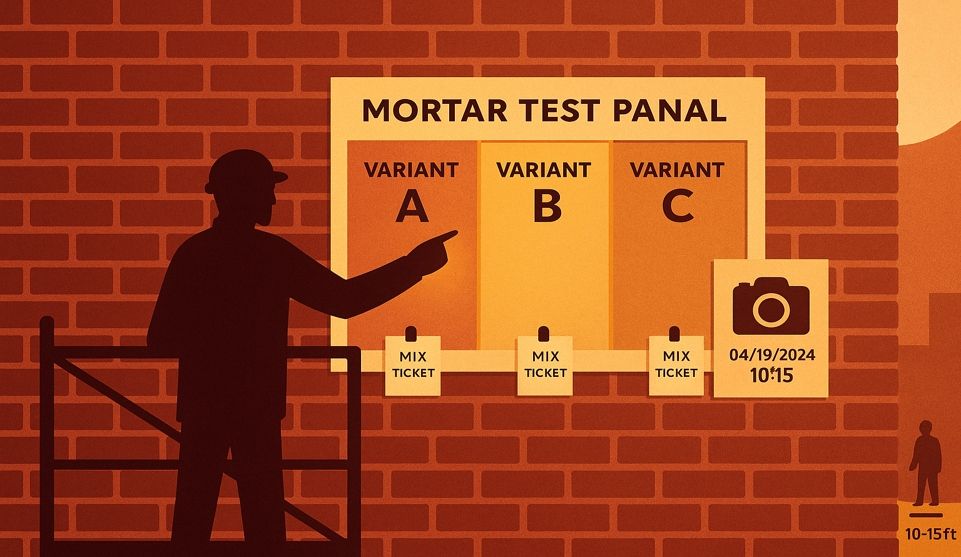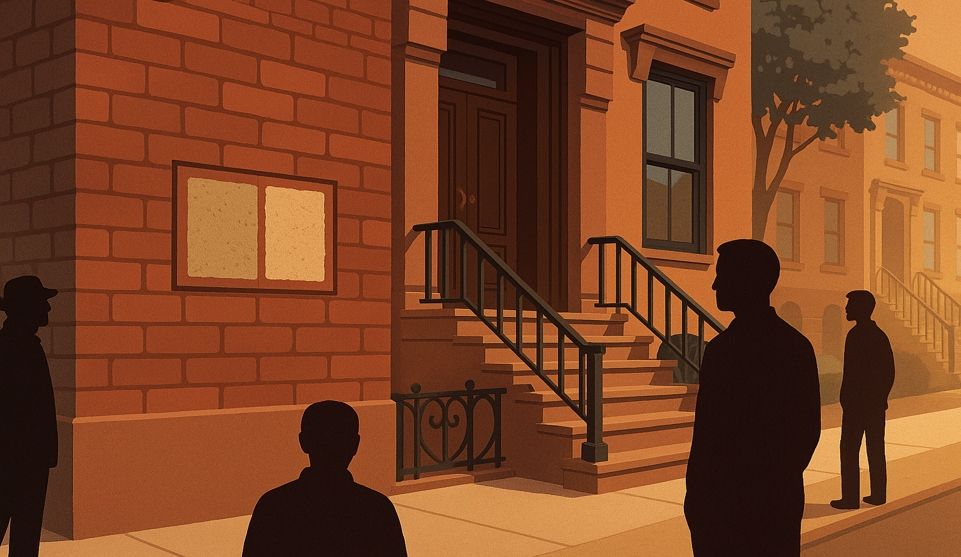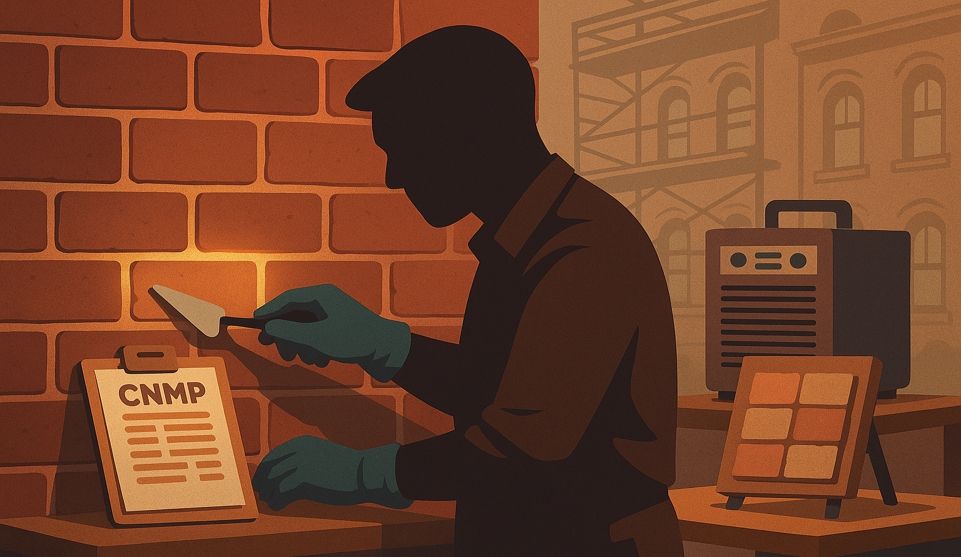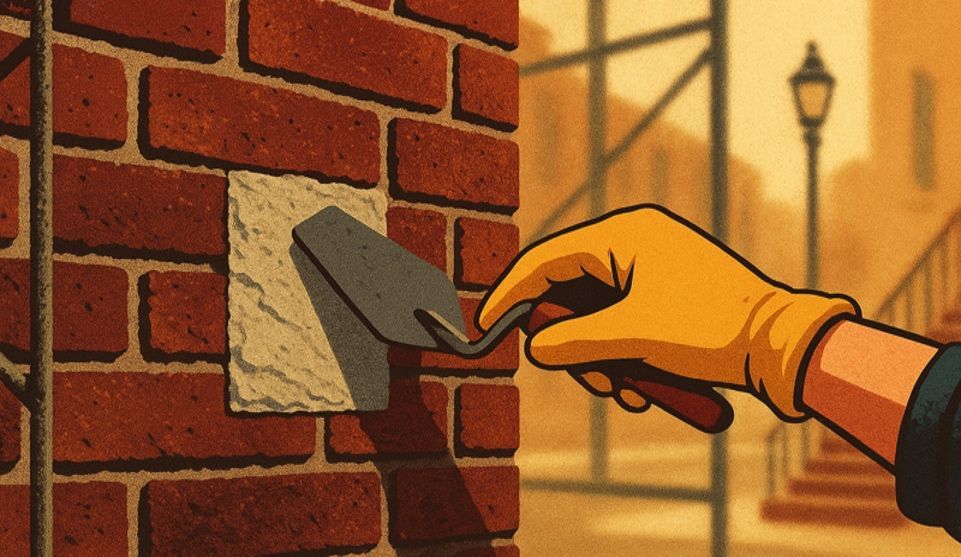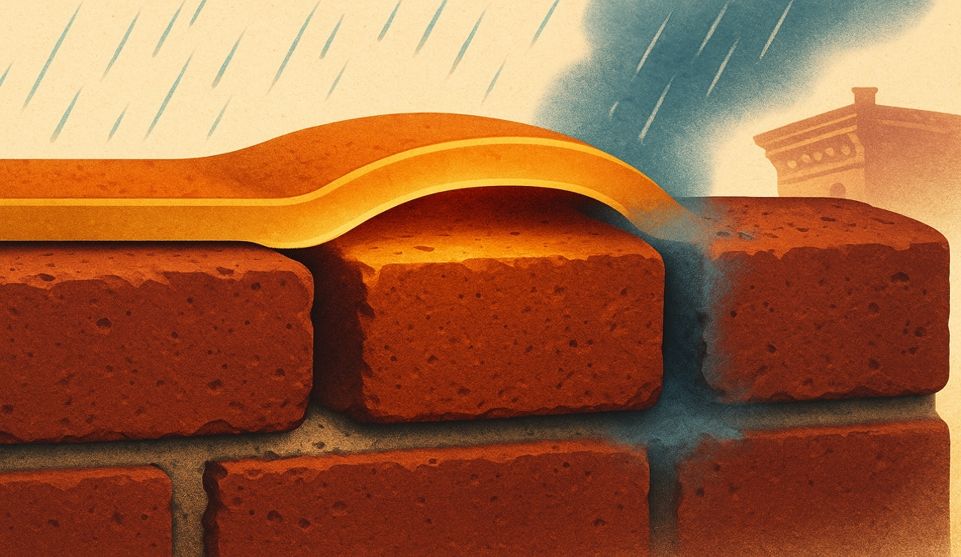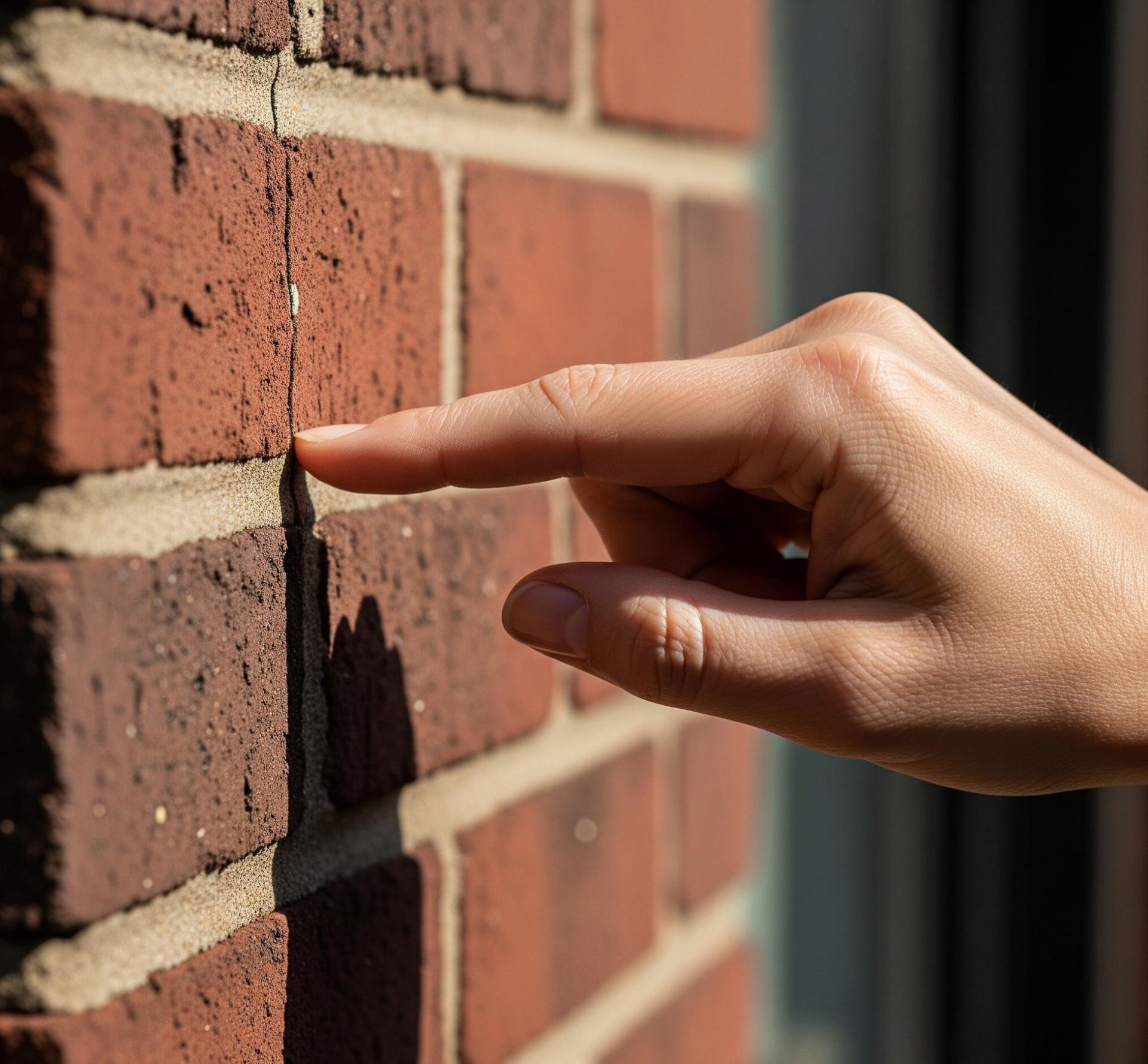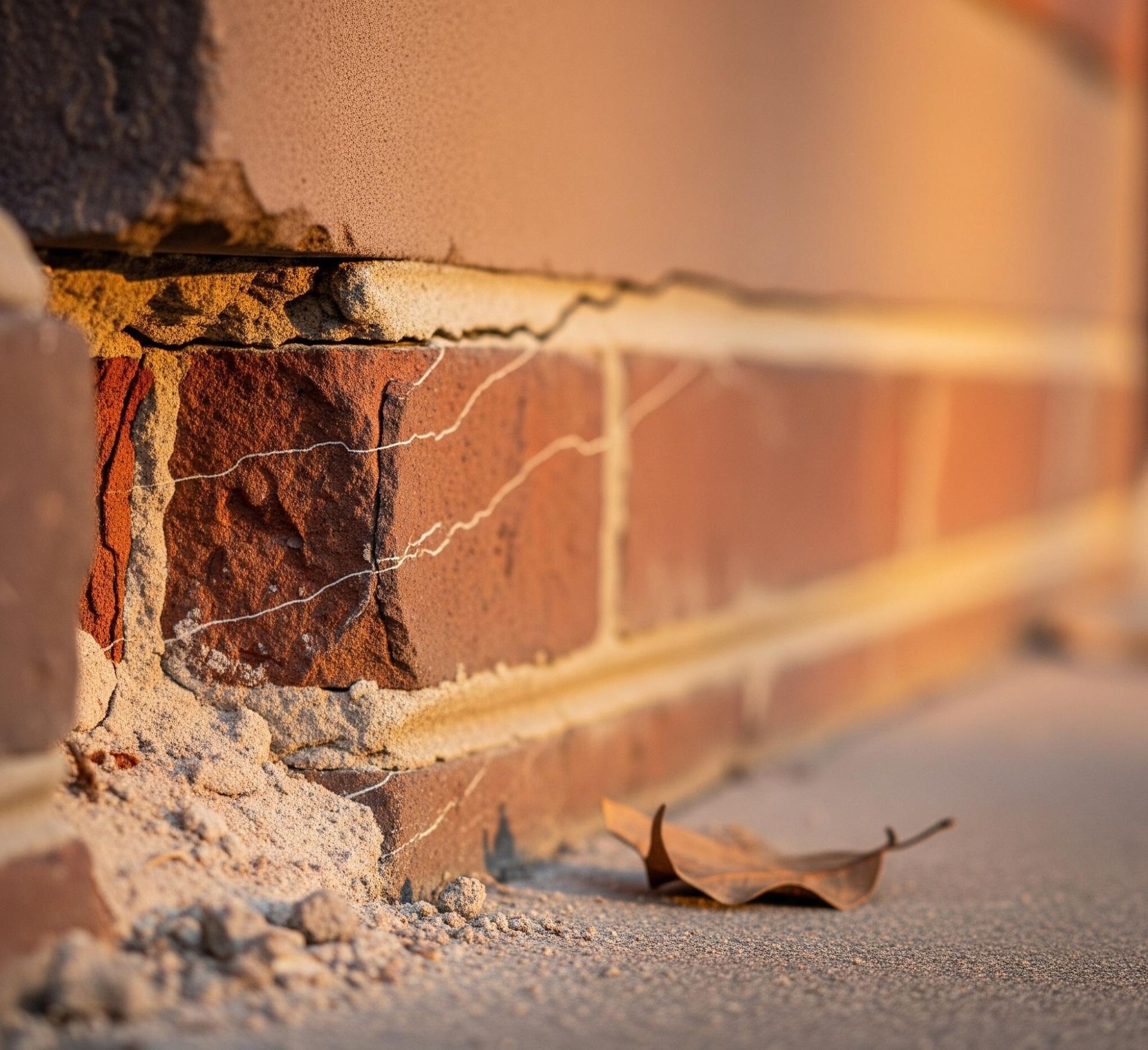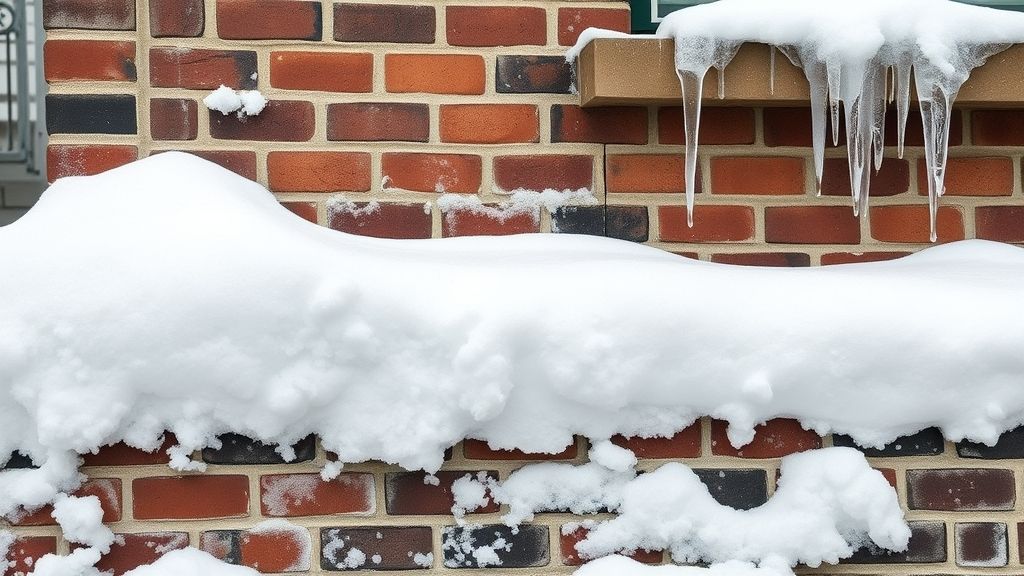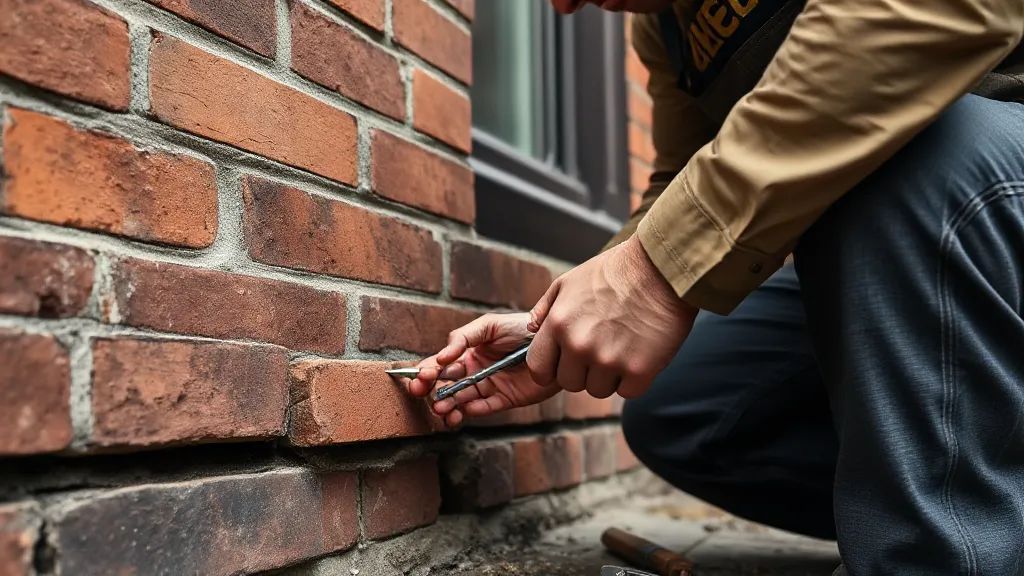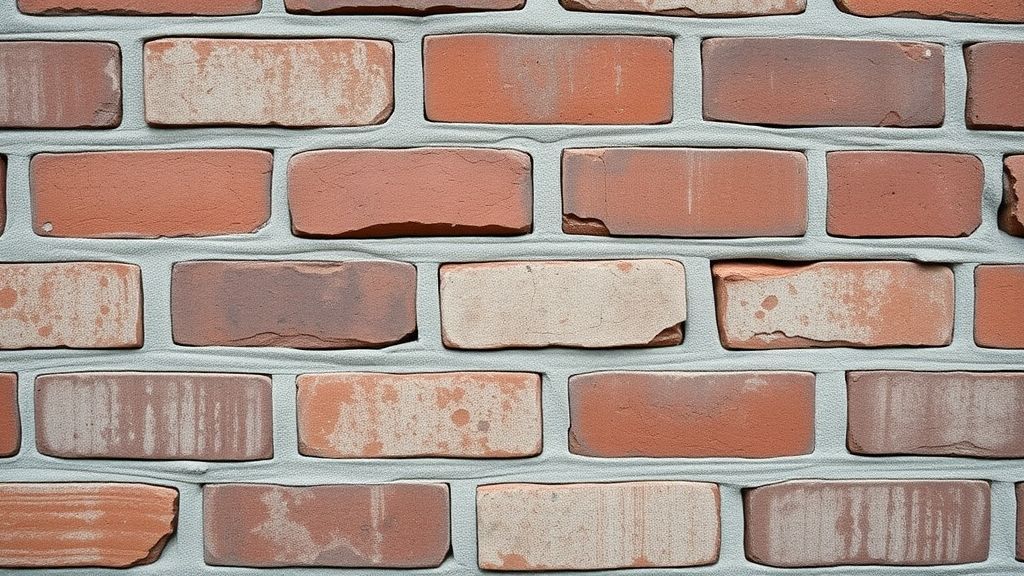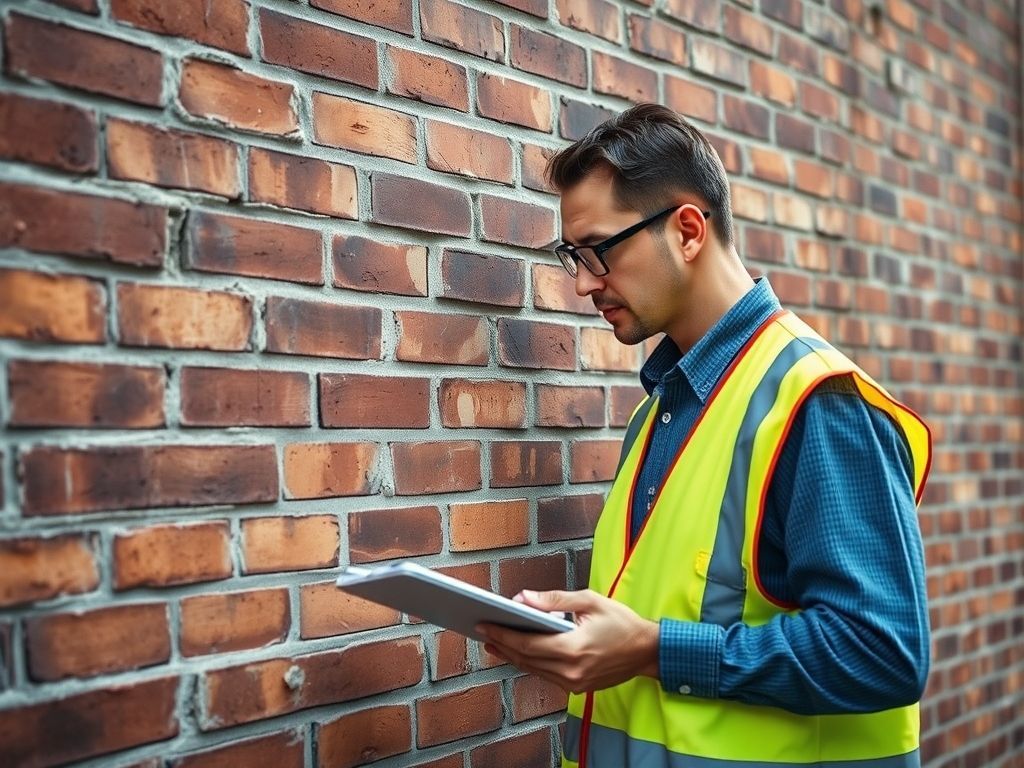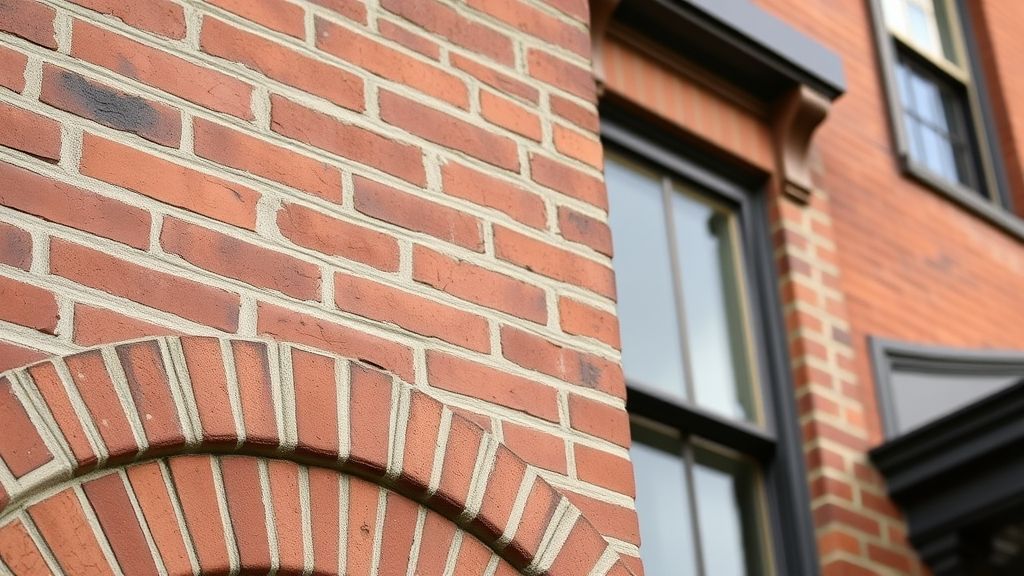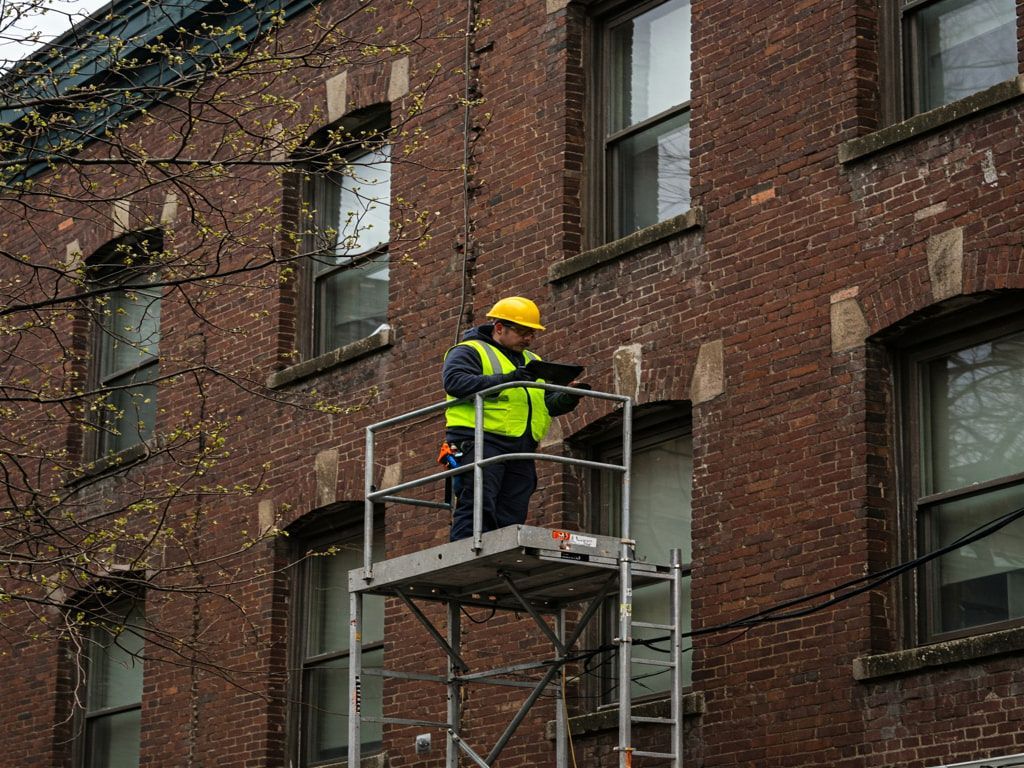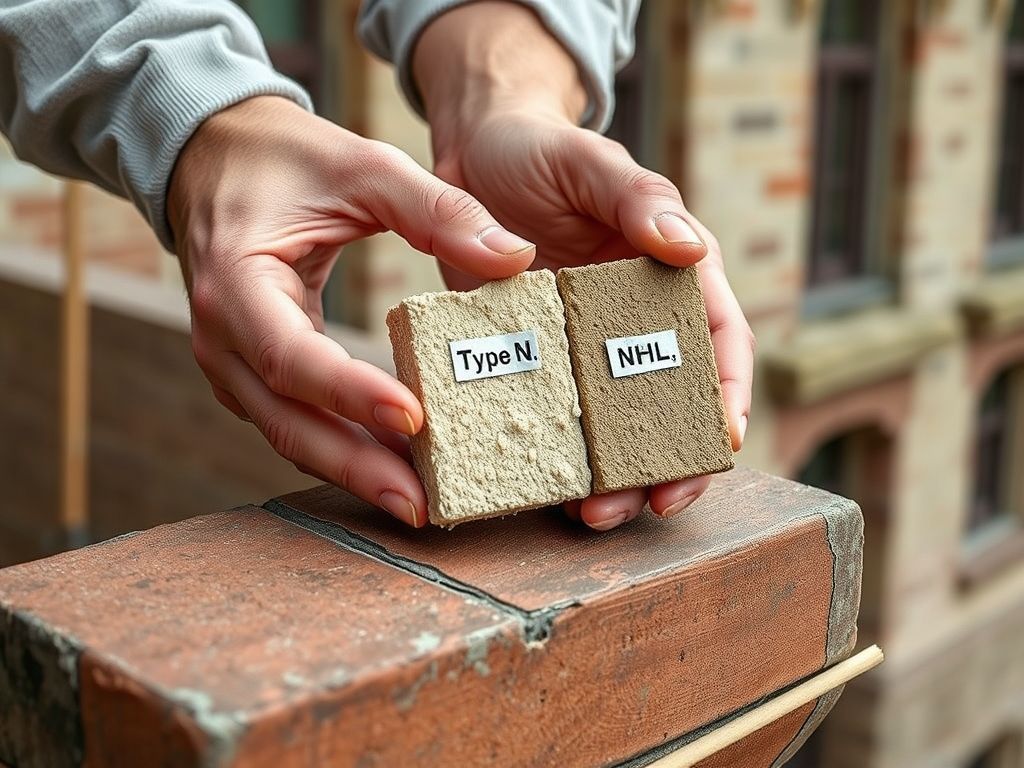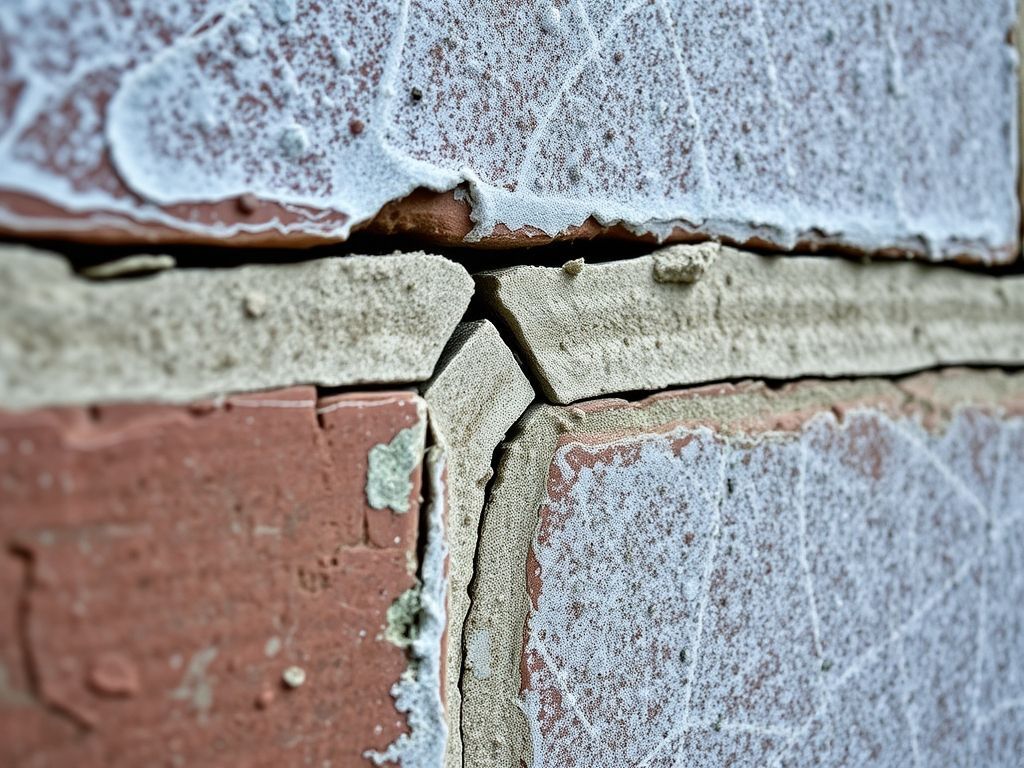Why a "Patch Job" Can Be the Most Expensive Repair of All
📌 Key Takeaways
The "Cheap" Quote Trap - Why Low Bids Signal Higher Long-Term Costs: That surprisingly low masonry quote isn't saving you money—it's potentially setting you up for costs that can be several times higher than proper restoration. Quick patch jobs using inappropriate materials often create more problems than they solve.
Moisture Becomes Your Enemy When Patches Fail: Historic brick walls are designed to breathe through lime-based mortar, but modern cement patches can disrupt this natural moisture management system. When water gets trapped, freeze-thaw cycles can cause significant damage to your irreplaceable historic brick.
The Hard vs. Soft Material Mismatch Creates Structural Stress: Historic mortar is typically softer than brick by design—it's meant to be the sacrificial element that protects valuable brick. Many modern cement mortars are harder than historic materials, transferring stress to your original brick during normal building movement.
Documentation and Material Specifications Are Your Protection: Before any work begins, document everything with photos, require written material specifications, and schedule follow-up inspections. Understanding what type of mortar will be used isn't just technical detail—it's the difference between preservation and destruction.
Smart Investment Thinking Reframes the Decision: Proper restoration isn't an expense but a decades-long investment in your home's structural integrity and historic character. The knowledge gained from making informed masonry decisions positions you as a savvy historic homeowner who protects long-term property value.
This comprehensive guide reveals the hidden costs and technical realities that most contractors won't explain, helping you make preservation decisions that protect both your investment and your home's historic integrity.
When you receive that surprisingly low quote for masonry work, it's natural to feel relieved. Here's the thing—that cheap estimate might actually signal the most expensive decision you could make for your historic home.
Key Terms to Know:
- Patch Job: A superficial, localized mortar repair that often uses incorrect materials
- Repointing: The process of removing deteriorated mortar from the joints of a masonry wall and replacing it with new, compatible mortar
- Spalling: The flaking, cracking, or peeling of brick, stone, or concrete, often caused by trapped moisture and freeze-thaw cycles
The Alluring Promise of the Quick, Cheap Fix
That rock-bottom quote probably sounds pretty appealing right now. You're looking at a damaged section of brick, thinking "why not just patch the obvious problem spots?" It's a reasonable thought—especially when one contractor quotes significantly less for a patch job while another quotes substantially more for proper repointing.
For many families, the initial sticker shock of proper restoration can feel overwhelming. But here's what that cheap quote doesn't tell you: you're not comparing apples to apples.
A patch job typically involves applying modern mortar over the damaged area and calling it done. The contractor finishes quickly, you save money upfront, and everything looks fine. Actually, everything looks better than fine—it looks fixed.
Long-Term Value For families weighing initial costs against future expenses, understanding the true lifespan of different repair approaches is crucial. Proper restoration typically lasts decades, while patch jobs often require re-work within several years, plus additional damage repair.
The Hidden Price Tag: How a Patch Job Destroys Historic Brick
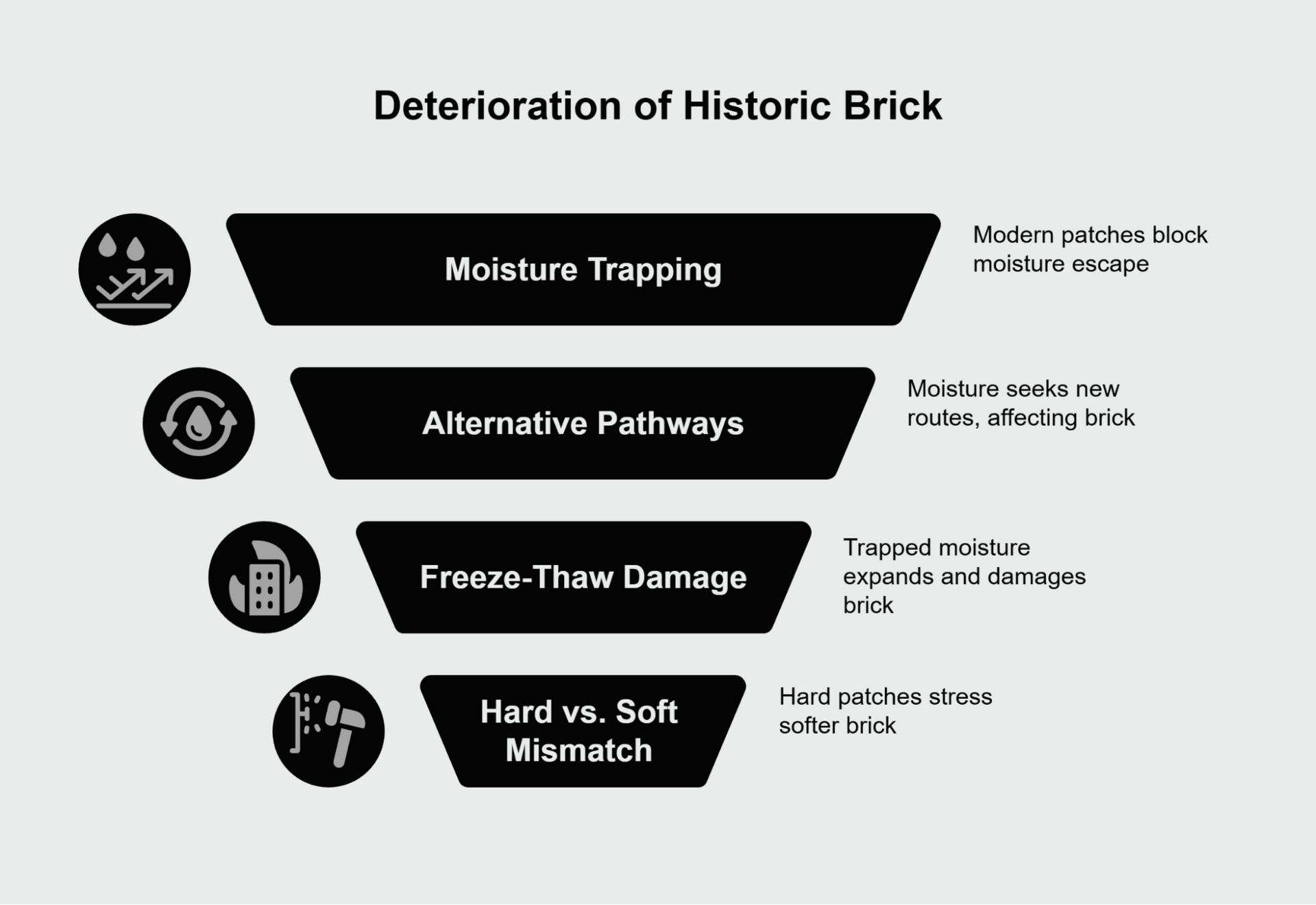
Now for the reality check nobody wants to hear. That patch job you're considering? It's actively working against your home's original design.
Trapping Moisture: The #1 Enemy of Brick
Historic brick walls are designed to breathe. (Think of them like a sophisticated moisture management system that's been working for over a century.) When water enters the wall—which it will—the original lime-based mortar allows that moisture to escape naturally through evaporation.
Many modern cement-based patches create barriers that can impede this natural moisture movement. Water hits that patch and may be forced to find alternative pathways, potentially affecting the surrounding original brick. During winter freeze-thaw cycles, trapped moisture can expand, creating pressure that damages your historic masonry.
The "Hard vs. Soft" Mismatch That Crumbles Walls
Here's where the science gets really problematic. Historic mortar is typically designed to be softer than the brick—it's meant to be the element that wears away first, protecting the more valuable brick. Many modern cement mortars can be significantly harder than historic materials.
When your wall experiences normal settling and thermal expansion, something has to accommodate that movement. With an inflexible patch using inappropriate materials, the stress often transfers to your irreplaceable historic brick.
Myth vs. Fact Myth: A cheap patch job is a cost-effective way to fix masonry issues. Fact: Improper patches that use non-compatible materials can trap moisture and create stress points, potentially leading to accelerated deterioration and more expensive structural repairs.
The Real Math: Comparing a Patch Job vs. Proper Restoration
Let's talk numbers, because this is where the "cheap" option reveals its true cost potential.
Illustrative Cost Scenario - Patch Job Approach:
Year 1: Initial patch work
Years 2-4: Patch begins failing, water infiltration issues develop
Year 5: Emergency repairs needed, plus addressing secondary damage
Additional costs: Potential interior damage, replacement of original materials
Proper Restoration Approach:
Year 1: Professional repointing with appropriate materials
Following decades: Minimal maintenance required
The pattern is unfortunately common—homeowners who choose quick fixes often find themselves facing significantly higher total costs when problems compound, plus they risk losing original materials that can never be authentically replaced.
A Question You Should Be Asking
The Unasked Question: What does 'breathability' mean for a brick wall, and why does a patch job compromise it?
Why It Matters: Because moisture management issues are often at the root of masonry failures.
The Expert Answer: Historic brick walls typically rely on natural moisture movement through lime-based mortars. Patches using incompatible materials can disrupt this system, potentially trapping moisture that may cause deterioration over time.
Common Pitfalls to Avoid When Considering a Masonry Repair
Pitfall #1: Choosing a Contractor Based Solely on the Lowest Price
Price shopping for masonry work is like price shopping for surgery. The lowest bidder often cuts corners on materials, skips proper preparation, or simply doesn't understand historic masonry requirements. For preservation-focused homeowners in Brooklyn, working with experienced masonry contractors who understand historic buildings is essential.
Pitfall #2: Not Asking About the Type of Mortar Being Used
This might be the most important question you never thought to ask. If a contractor can't explain their material choices and how they match your building's original specifications, that's a red flag. Using inappropriate mortar isn't just ineffective—it can be harmful to historic materials.
"City suburb did a roof repair, gutter replacement and tuck pointing for my 2 story brick house. They are very professional and easy to communicate with. I highly recommend them for these types of job." - David C.
Style Note Historic masonry restoration has become a mark of sophisticated homeownership in brownstone communities. Proper restoration not only preserves architectural heritage but often supports property values—a detail that neighbors and potential buyers immediately
recognize.
What If...? Planning for the Worst-Case Scenario
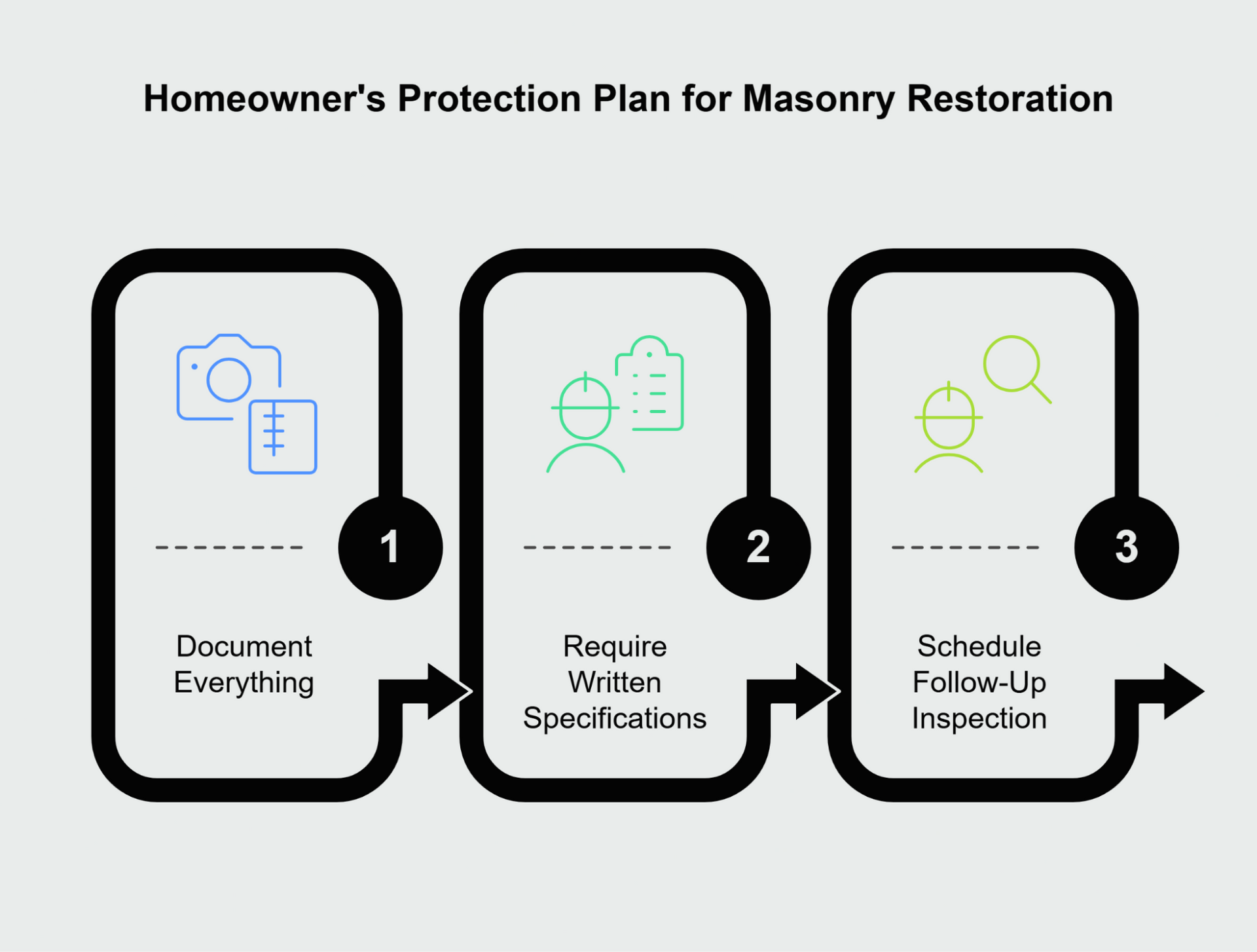
Let's address the fear that's probably nagging at you: what if that quick patch fails after one winter, potentially causing water infiltration issues?
This scenario is more common than many homeowners realize. But you're not powerless here.
Your 3-Step Protection Plan:
- Document everything before work begins with detailed photos
- Require written material specifications from any contractor (and keep copies)
- Schedule a follow-up inspection within 18 months to catch early warning signs
The goal isn't to avoid all risk—it's to make an informed decision based on realistic long-term considerations rather than just initial costs.
Peace of Mind Proper masonry restoration provides families with confidence that their home's structural integrity is appropriately maintained. This peace of mind extends beyond just the repair itself—it's about protecting your family's investment and preserving your property's character.
The Bridge to Peace of Mind: Investing in Your Home's Future
Here's how to reframe this decision: you're not just choosing between a lower-cost repair and a higher-cost repair. You're choosing between approaches that have very different long-term implications for your property.
Proper brick pointing isn't just an expense—it's an investment in your home's future. When done correctly with appropriate materials, quality repointing can protect your property for many decades while maintaining its historic character and value.
For many homeowners, the turning point is when they realize they're not just fixing a wall—they're preserving a piece of history while protecting their family's financial future. That's when the decision becomes much clearer.
"On a historic home, the cheapest quote is often the most expensive one in the long run."
3 Hidden Dangers of Improper Patching:
• Accelerated deterioration due to moisture management issues
• Structural stress from incompatible materials affecting historic brick
• Irreversible loss of original materials that can never be authentically replaced
While proper repointing is key, ensuring your gutters and roof are also directing water away from your brick is another critical part of a holistic home preservation strategy.
The knowledge you've gained here isn't just about solving today's masonry problem—it's about building the foundation for smart, long-term property stewardship. In several years, when your neighbors are dealing with emergency repairs and water damage, you'll be the homeowner who made the wise investment early. That expertise and foresight will make you a trusted voice in your community of historic homeowners, helping others navigate these same preservation decisions with confidence.
For many families, the real relief comes not from choosing the cheapest option, but from making the decision that protects their home's future. That sense of confidence—knowing you've made the smart choice for your property's long-term health—is what transforms a stressful repair decision into empowered homeownership.
Ready to protect your home's future? Get Your FREE Photo Estimate and discover how proper restoration can preserve your property's historic character while avoiding costly future problems.
Our Editorial Process This content was drafted with AI assistance and has been reviewed, fact-checked, and edited by the expert humans on our Insights Team to ensure accuracy and clarity.
By the City Suburb Insights Team
The City Suburb Insights Team is our dedicated engine for synthesizing complex topics into clear, helpful guides. While our content is thoroughly reviewed for clarity and accuracy, it is for informational purposes and should not replace professional advice.

